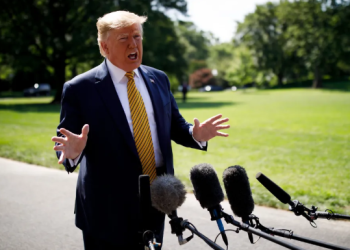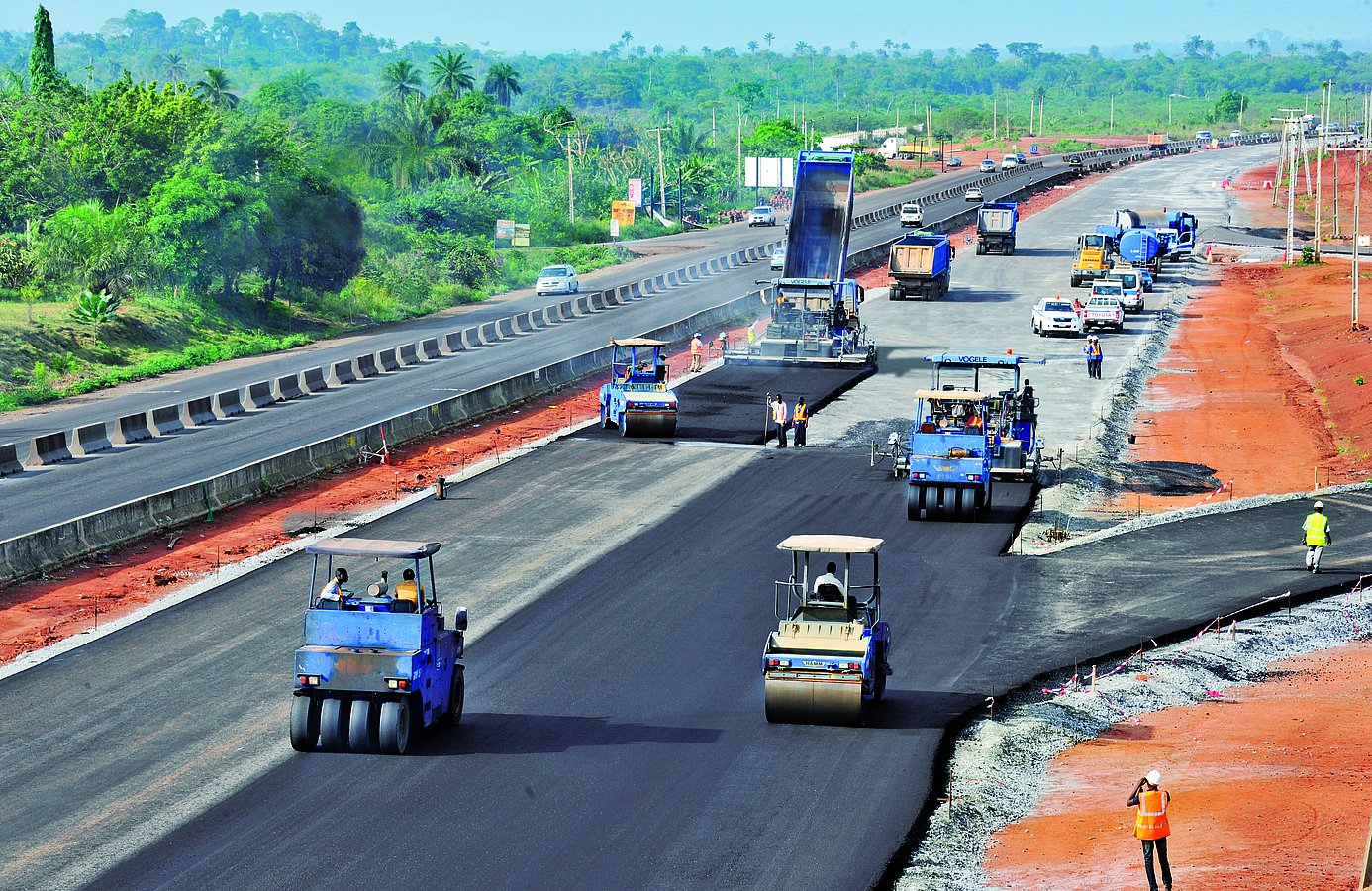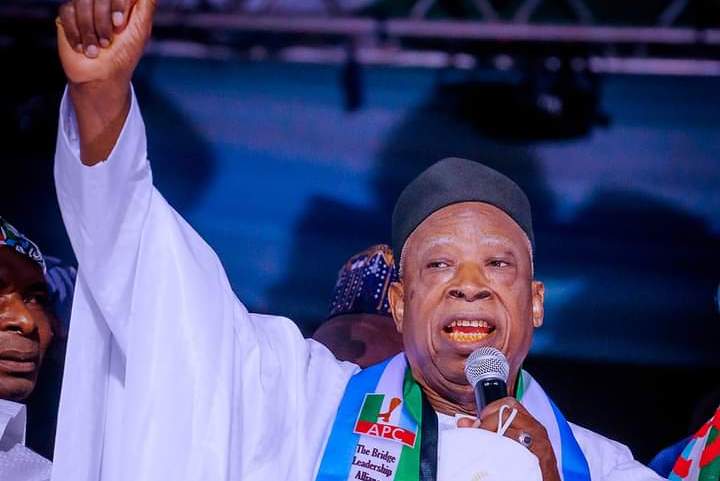The United States is turning its attention to Central Asia in what many observers describe as a quiet return to Cold War–style politics. President Donald Trump will meet the leaders of five Central Asian nations at the White House this week, seeking new partnerships in a region rich in uranium, copper, and rare earths, the very resources that power the global economy.
While the meeting is framed as cooperation, the reality is competition. America’s renewed focus on the region is less about friendship and more about access — access to critical minerals that Washington believes it can no longer afford to leave in the hands of China and Russia.
Washington’s Sudden Interest
The leaders of Kazakhstan, Kyrgyzstan, Tajikistan, Turkmenistan, and Uzbekistan are expected to hold both formal discussions and a dinner with Trump. These five countries, grouped under the C5+1 platform, have historically looked toward Moscow for direction and Beijing for investment. But now Washington is trying to lure them into a new orbit, promising trade deals, investments, and security cooperation.

Kazakhstan, the region’s biggest economy, already plays a key role. It supplies nearly 40% of the world’s uranium, a mineral central to nuclear power generation. Uzbekistan is another major supplier. Together, the two countries account for more than half of global uranium output — a statistic not lost on Washington, which still depends on Russia for about a fifth of its uranium imports.
Minerals, Power, and Politics
Trump’s meeting is not simply a diplomatic gesture. It is a calculated step in a broader plan to reduce U.S. dependence on China for critical materials like lithium, titanium, and rare earth elements. These minerals are essential for modern technologies , from electric cars to fighter jets and China’s near monopoly on them has long been a strategic concern for the U.S.
For years, Beijing has used its dominance as leverage, sometimes limiting exports to remind Washington of its vulnerability. Now, by deepening ties with Central Asia, Trump aims to break that chokehold. Analysts describe this as the beginning of America’s new cold war, not fought with weapons but with contracts, infrastructure, and influence.
The China–Russia Shadow
Central Asia has never been neutral ground. Moscow still considers the region part of its “near abroad,” while Beijing has poured billions of dollars into it through the Belt and Road Initiative. Every road, rail line, and pipeline in the region is a reminder of China’s growing power.
That’s why America’s push into Central Asia is more than a business move, it’s a challenge to both Russia and China on their doorstep.
Trump’s message is simple: if you want to secure your future, don’t put all your eggs in Beijing’s basket.
But that message is easier to deliver than to accept. Many of these nations depend heavily on China for trade and on Russia for security. Aligning too closely with Washington risks provoking both powers — something their leaders have historically tried to avoid.
Trump’s Gamble
Trump’s approach fits his broader foreign policy pattern, transactional, bold, and aimed at quick wins. By pitching trade deals and investment, he hopes to build leverage without spending heavily on military commitments. But his tone has also ignited questions.
For all his talk about partnership, the underlying tone feels more like a contest, as if Central Asia is another prize in America’s global rivalry. This fuels concern that Washington is repeating old habits, treating developing regions as chess pieces rather than equal partners.
Still, for the Central Asian states, the visit offers rare leverage. For once, they have three superpowers, the U.S., China, and Russia — all vying for their attention. If they play it wisely, they could secure new investments, diversify their economies, and reduce overdependence on Moscow and Beijing.
Minerals or Manipulation?
The new cooperation on minerals may sound like progress, but history warns otherwise. Western promises of investment often come with political expectations, and local governments risk losing control of their resources to powerful foreign corporations.
If the U.S. truly wants to build a fair partnership, it must go beyond extracting raw materials. It should support regional value chains, education, and technology not just take what it needs and leave. Otherwise, this so-called “new cold war” will look a lot like the old one: resource extraction wrapped in diplomacy.
Whether Washington admits it or not, this new competition for Central Asia’s minerals is reshaping global politics. Every deal, handshake, and memorandum signed this week adds another layer to the quiet struggle between the world’s biggest powers.
meeting may be presented as a friendly gesture, but beneath it lies a deeper motive — securing America’s energy future and weakening China’s grip on the supply chain.
In this sense, America’s new cold war isn’t about ideology, it’s about survival in an age where whoever controls critical minerals controls the world’s technology.
And for Central Asia, caught between promises and pressure, the question is whether this renewed attention will bring true development or just another round of exploitation.

















